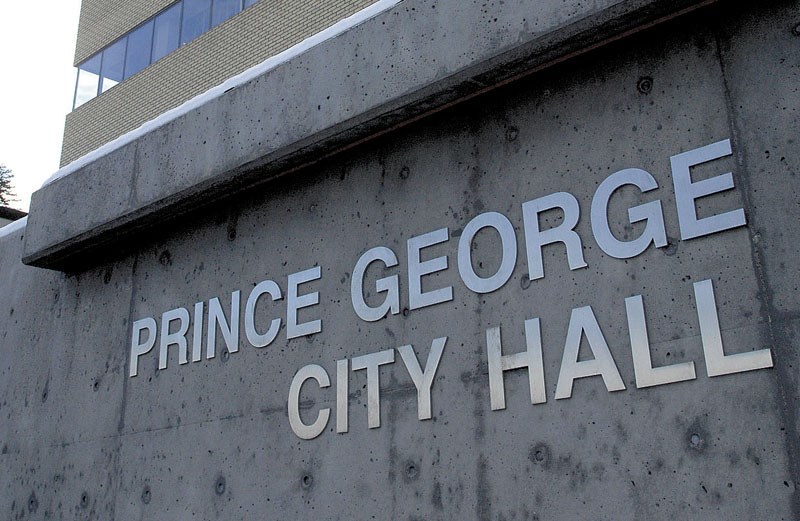The City of Prince George is facing an annual infrastructure funding gap of $16.9 million per year, according to a report presented to city council on Monday night.
The city owns roughly $3.7 billion in infrastructure – roads, sewers, buildings, etc. – city director of infrastructure services Adam Homes said. The average age of all those assets is 43 year old, he said.
In some of the older neighbourhoods in the city, Homes said, the sewer system is still made of cast iron pipes and asbestos cement.
"They are coming to the end of their lifetime," he said.
Homes said his department decided to do "a deep dive" into what the city is spending on repairing and replacing its infrastructure, and how much would be needed to ensure its ongoing operation.
Between 2011 and 2020, the city's annual spending on infrastructure renewal increased from $4.5 million per year to $28.9 million per year. However, during the same period the amount of investment required grew from $16.9 million to $45.8 million per year.
Part of that increase is because the city has improved its assessments, now including things like the underground wiring for street lights, not just the poles themselves, Homes said. Condition assessments of every civic building have been integrated into the data.
Another contributor to the increase, is that the city now is calculating the inflation rate for construction from two per cent annually to five per cent.
"Previously we were using the (Consumer Price Index) for inflation, but it's not a good reflection of construction inflation," Homes said.
Coun. Garth Frizzell said the updated report gives council a better idea of the challenges it faces trying to maintain its infrastructure.
"Being able to measure what you manage is essential," he said. "The average age of our assets is over 40 years old. We have to slowly fix the worst pieces each year, little by little. It's not enough."
The province and federal government do provide some funding for infrastructure projects – especially new construction, like the $10 million the city received towards the cost of the new pool under construction downtown, Frizzell said.
But filling out grant applications consumes a considerable amount of staff time, with no guarantee of any result, he said.
"This isn't new, this has been coming up for years," Coun. Kyle Sampson said.
While councils of the past may not have had the same information available today, he said, the need to spend more to maintain and replace aging infrastructure has been a challenge for the city for years.
It's time to more forward and address the problem, he said.
Local governments only collect seven to eight per cent of the total taxes paid by Canadians, but are responsible for the bulk of the infrastructure critical to daily life, Coun. Brian Skakun said.
"There has to be some more ways for senior governments to support infrastructure," he said. "We can't do it on our own."



